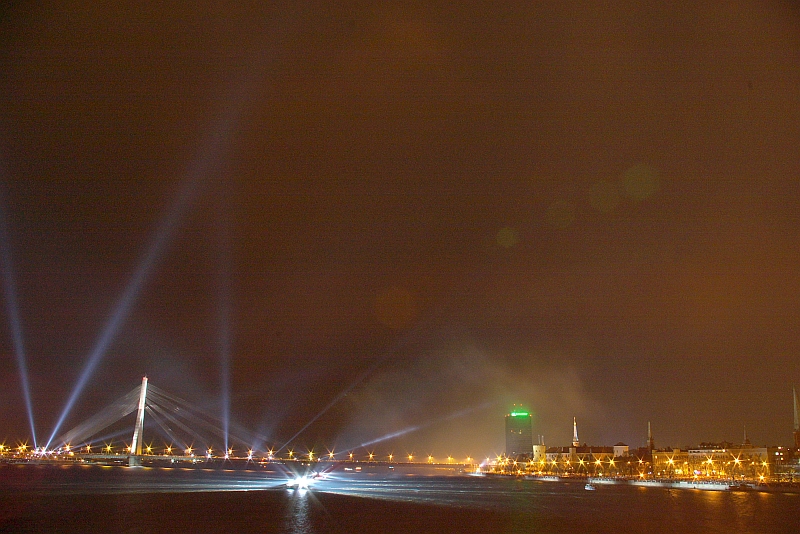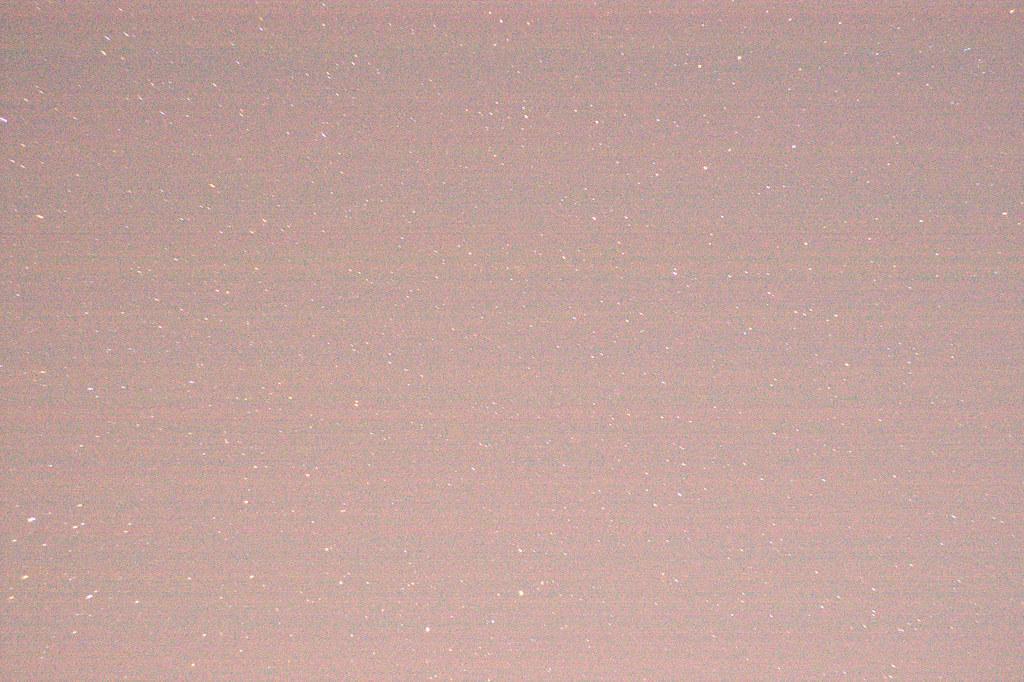First - it seems that there is huge light pollution, where your'e shooting (white overlay). With dark enough sky you should get only increased amount of visible stars, not such even overlay.
Have'nt you boosted the image in post processing (maybe some automatic raw preprocessing)? It looks more like that than light pollution.
Second. More a reply to Jonson PL. Dont compare those two cameras. It is absolutely invalid.
The visible noise level and pattern is fairly normal for k100d but again, haven't you post processed the image, with such white level the noise should be less visible. Dark frame subtraction helps only against hot pixels which cover the frame in 30s exposures even at iso200 for k100d. It wont do much in overall decreasing noise
for k100d. And if enabled it kicks in after some 1 or 2 seconds.
Third, your'e already seeing star trailing (they show up as ovals/lines instead of dots), so it is preferable to use shorter exposure times or tracking at that focal length (or wider lens).
Here is a 14sec shot without DFS, you see that the noise isn't visible:

And another 20s long shot of the scene, if you boost it the noise becomes visible:



 Similar Threads
Similar Threads 



 .
.






 . You are absolutely correct about, " when done correctly", it is not a problem. That 3 second with a telescope is real, so is the one with my 70-210, tripod, mirror up, 2 second delay.
. You are absolutely correct about, " when done correctly", it is not a problem. That 3 second with a telescope is real, so is the one with my 70-210, tripod, mirror up, 2 second delay.












